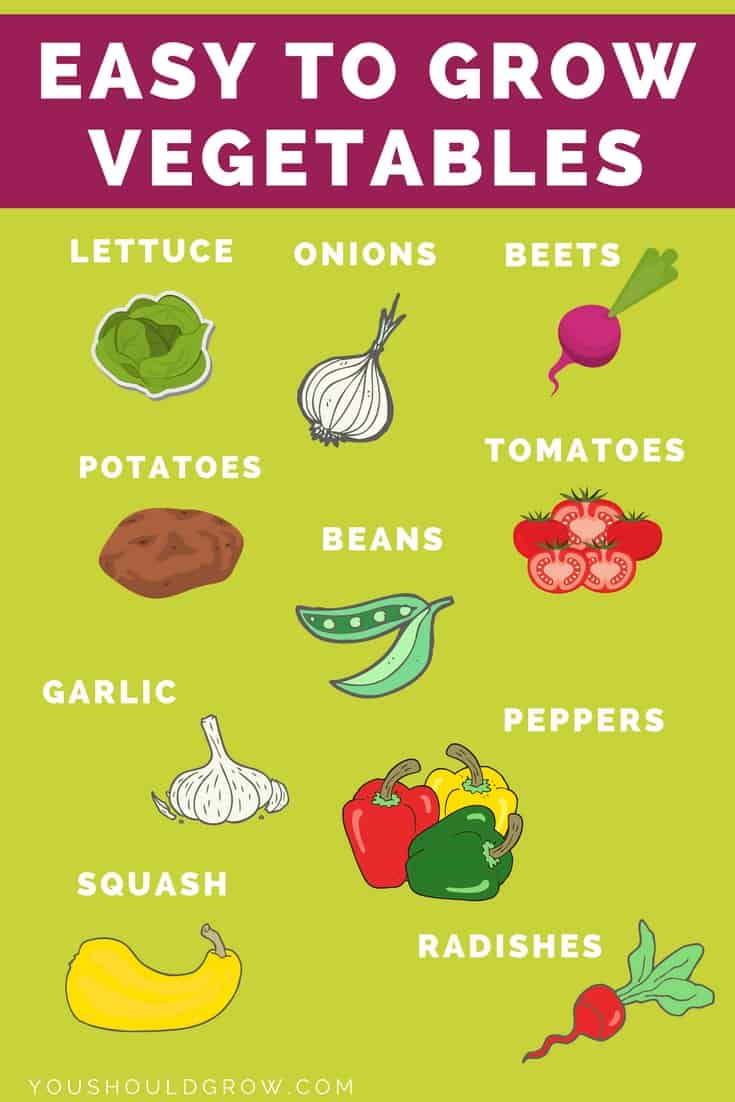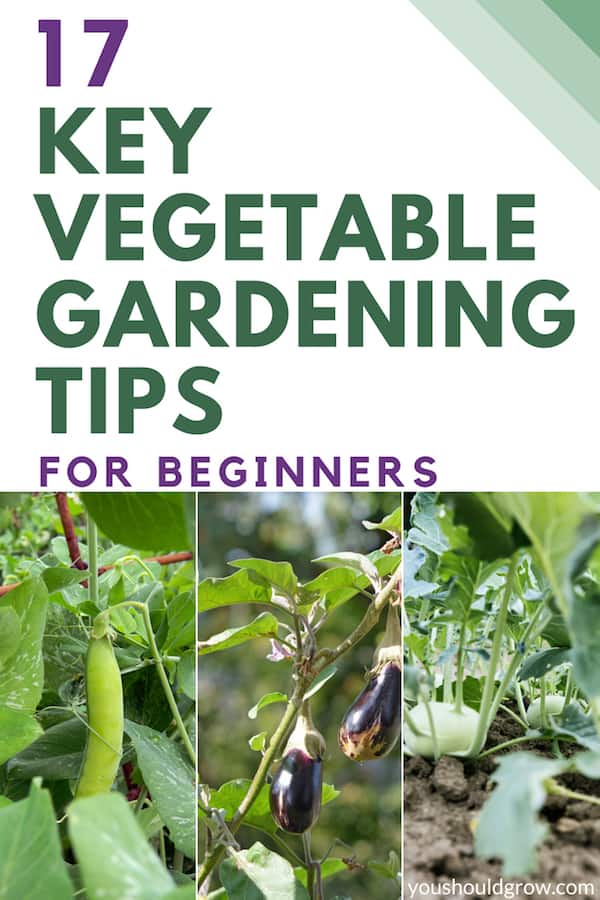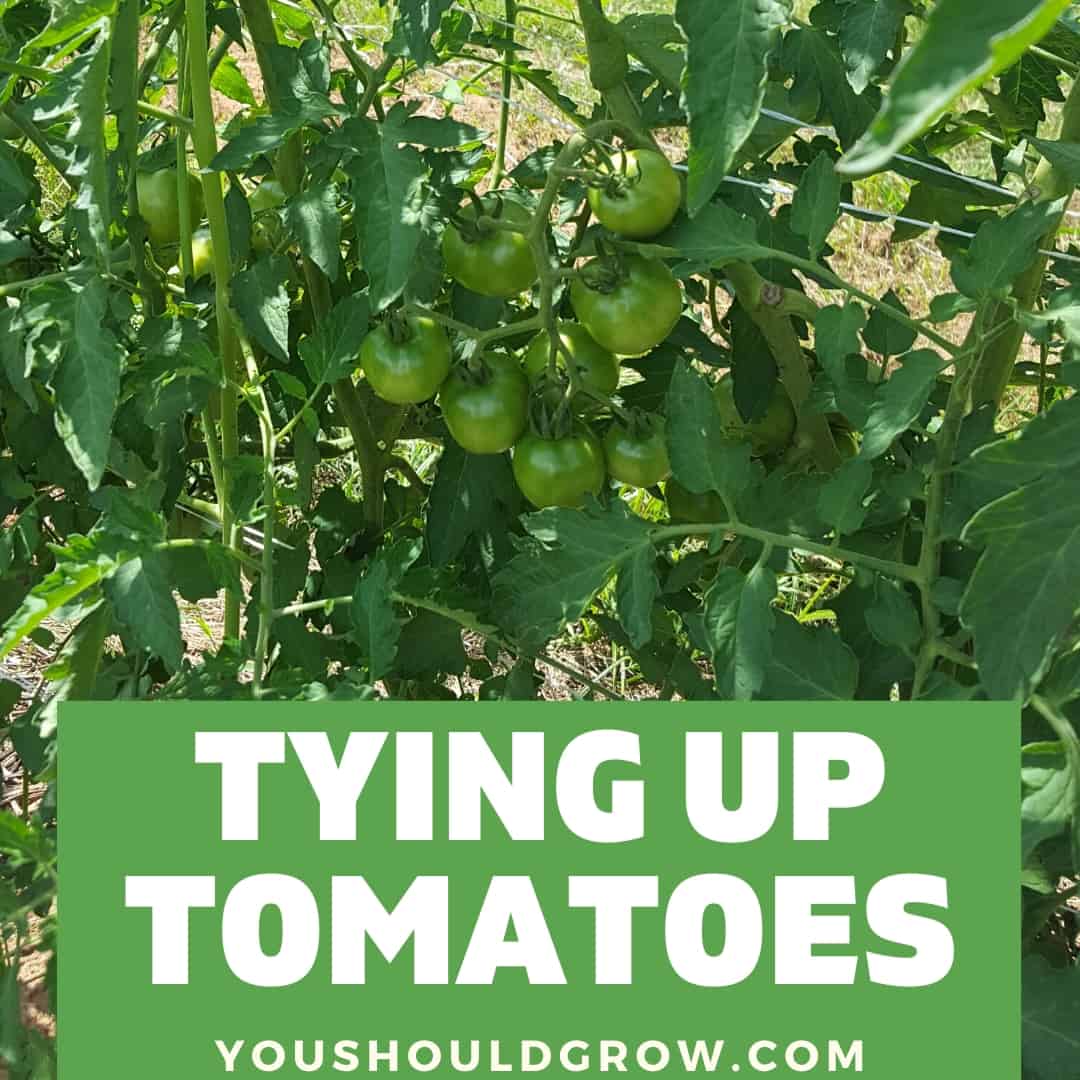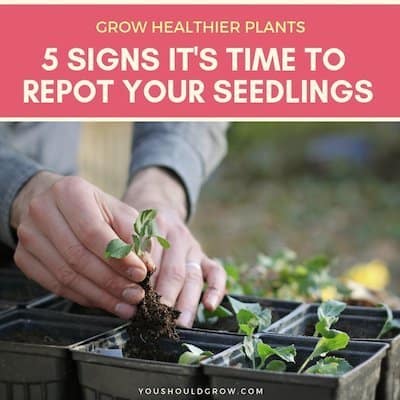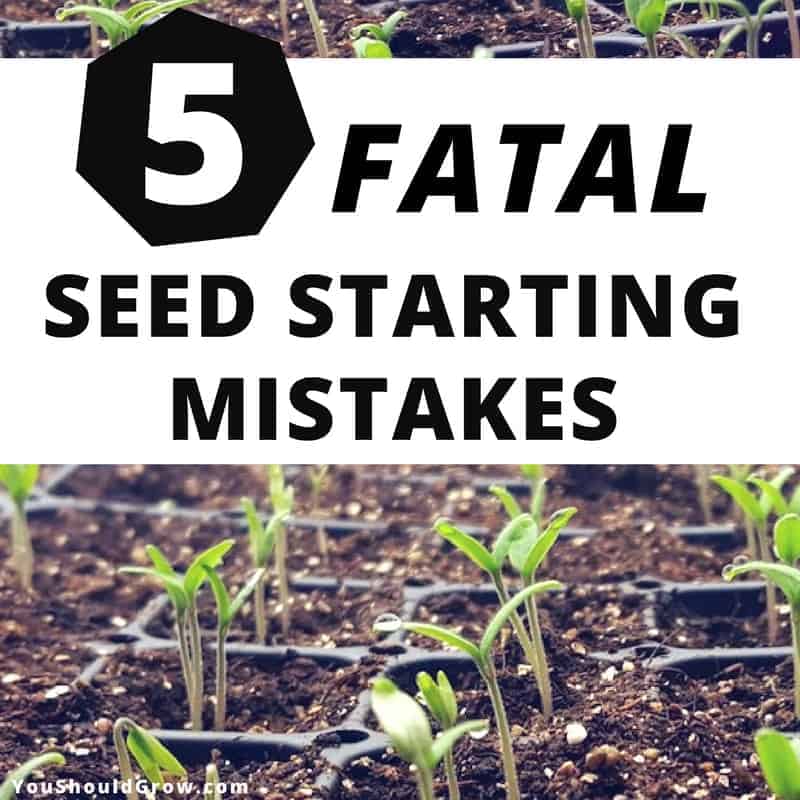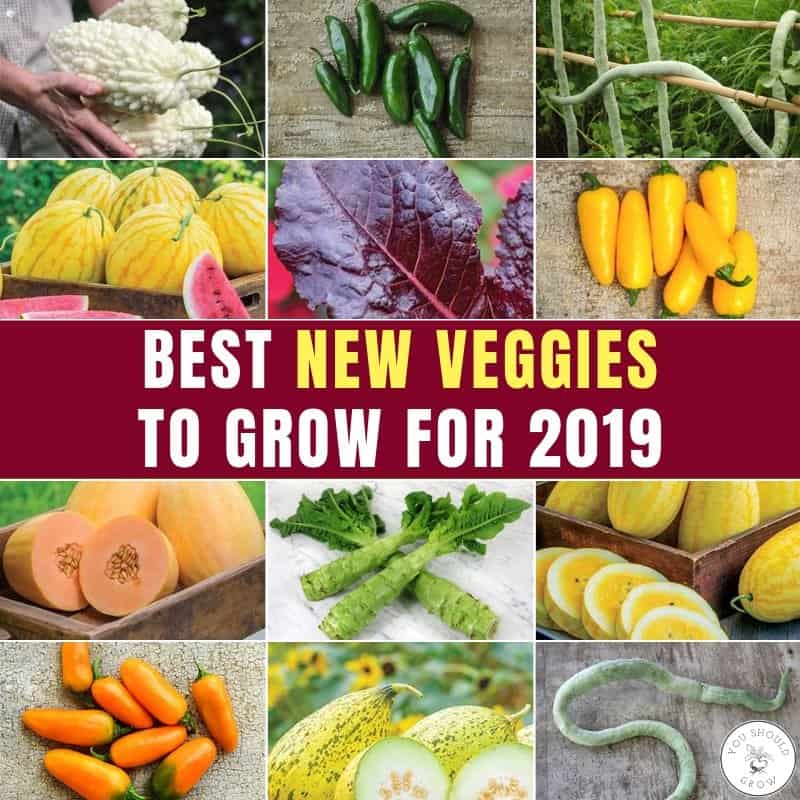17 Key Vegetable Gardening Tips For Beginners
As an Amazon Associate and member of other affiliate programs, I earn from qualifying purchases.
Starting a vegetable garden can seem like a daunting task, but don’t think your inexperience means you can’t have a great garden this year! Vegetable gardening is one of the easiest ways to get started for beginners.
Most veggies are annual plants. That means they live for only one season and have to be replanted the following year. Once you get your first frost in the fall, the plants will die and you won’t have to worry about them anymore.
Vegetable gardening is very rewarding especially if you plant the right plants. Homegrown food is different from store-bought food, and that is something that is much easier to see when you’re used to homegrown veggies and go back to store bought.
Getting started with vegetable gardening is not a complicated process, and since I’ve been growing my own food for several years, I thought it would be nice to gather the best tips for vegetable gardening for beginners.
Vegetable gardening tips for beginners:
1. Choose the right location.
This makes the top of the list because if you choose the wrong location for your garden, then you’re sure to have disappointing results. Most summer veggies love the sun, so choose a location that gets at least 6 hours of sunlight during the day.
Don’t forget that you need to have a source of water located nearby to make watering convenient for you. A drip irrigation system that connects to a spigot is the easiest way to water your vegetable garden.
2. Choose vegetables appropriate for your area
If you are in the US, you can use a map like this one to help you determine what grows well in your area. More importantly, knowing the length of your growing season (find that here) is also helpful.
On your seed packet, you should see a number of days to maturity. Make sure your growing season is longer than that!
Learn a bit about the type of veggie you want to grow before you plant your garden. Cold tolerant plants like broccoli and kale will turn bitter if you grow them through the heat of the summer.
For many plants, heat will make them taste bad and go to flower sooner (which also changes the flavor). If I try to grow lettuce in my garden in the summer, it gets a milky discharge that tastes really nasty!
We choose lettuce for fall and early spring plantings and avoid the summer crop for this reason.
3. Keep it close to where you spend a lot of time
Place your garden near to the area where you spend a lot of time already. Gardens that get a lot of attention do better, so placing your garden where you already tend to spend time makes it easy to remember to complete garden tasks.
4. Choose easy to grow vegetables
Some veggies are easier to grow than others. Among the easiest vegetables to grow are onions, garlic, potatoes, and lettuce.
5. Pick veggies you will want to eat
A common mistake that new gardeners make is planting things that you don’t want to eat. It’s such a waste to watch a perfectly edible plant wither and die from neglect.
You’re much less likely to go out and harvest your crop if you have no desire to eat it, so save your energy for your favorite fruits and veggies.
6. Plant enough but not too many plants
It’s important to have a realistic idea of how many plants you need per person. Remember to think about how often you eat these vegetables in your family and be realistic about how much preserving you can accomplish.
A lot of first-time gardeners aren’t trying to grow food for an entire year. Maybe you just want to grow enough food to eat fresh veggies through the summer. In that case, don’t overdo it!
7. Use mulch for weed control
Mulching is one of the most important things to do in your garden. Spreading mulch will not only decrease your fight with weeds but will help the soil retain moisture and decrease watering needs through the summer
8. Make sure to plant at the right time
Most plants will be planted in spring just after your last frost and again in fall a few weeks before your first frost. There are many vegetables that take 90-120 days to produce fruit.
Before you plant, make sure you’re checking that there’s still time for your plants to mature. I like using spreadsheets to help me figure planting dates.
9. For healthier soil, compost fixes everything
If you’re concerned about the health of your soil, you can always add compost. When it comes to soil amendments, there’s no such thing as too much compost, and it can’t harm anything.
10. You should keep a journal
Keeping notes about your garden in a journal is one of the best ways to really grow as a gardener. You need to know how certain plants do in your garden, what you did that worked well, and what you did that didn’t work.
Your journal can be as simple as a spiral notebook, just make sure it has plenty of space for planning, drawing, making notes, and thinking of new ideas.
11. It’s better to water deeply than more frequently
In a vegetable garden, too much water can be just as bad as too little. Drenching your plants can leach nutrients out of the soil leading to less flavorful produce.
It’s better to set your garden up with drip irrigation or a soaker hose so you can provide water mainly to the base and roots of the plant. It’s hard to say how often you will have to water because it varies a lot depending on your weather, but with deep watering, your plants can be content with more time between waterings.
12. Raised beds and containers are often easier
If you’re looking for tips for gardening with less work, then containers have to be the way to go. With a container, you’re not going to struggle with weeds nearly as much and preventing pests is simpler, too.
With containers, you may have to water and fertilize more often, but for the most part, vegetables are easy to grow in containers.
13. Don’t be afraid to start from seed
If the idea of seed starting indoors seems daunting to you, why not just start your seeds directly in the garden? There are many varieties of vegetables that are easy to grow from seed.
Squash, watermelon, cucumbers, and beans are all very simple to grow from seed. In fact, it’s so simple that even your kids can grow some of these plants all by themselves.
Watch the weather and choose to plant on a day right before it’s set to rain for a few days. In a few days when the rain passes, go out in your garden and look for sprouts!
14. Add vertical gardening
If you’re short on space, choose plants that grow vertically. You can easily create more garden space with DIY vertical gardens and they’re easy and fun to add to your existing garden plan.
15. Buy healthy plants
When you’re at the nursery, take note of the health of the plants.
- The leaves should be a healthy green color, not yellow
- There should be no holes or pests on the leaves (look on the underside of leaves for eggs, too)
- Avoid vegetable plants with flowers or fruit – on small plants, these can indicate that the plant is stressed
16. Understand how fertilizer works
Sometimes I hear vegetable gardeners talk about growing great big plants but not getting a lot of fruit. If this has happened to you, then you may be using the wrong kind of fertilizer.
Products like Miracle-gro are formulated to produce large plants, but the high nitrogen content can lead to low fruit production and blossom end rot.
17. Plan ahead for the harvest
When you’re just starting out it’s really exciting to see all your plants growing, but when the fruit starts to ripen, you might feel overwhelmed with trying to use up all your bounty.
Read up on how to preserve all the fruits of your labor, and make sure you have all your canning supplies ahead of time.
One final thing to remember…
Your garden should be a place where you enjoy spending time. If you find there is some aspect of gardening you don’t like, adjust the way you grow until you find a method that works for you.
Have gardening questions? Join me in my Facebook Group: Let’s Grow, Y’all!


